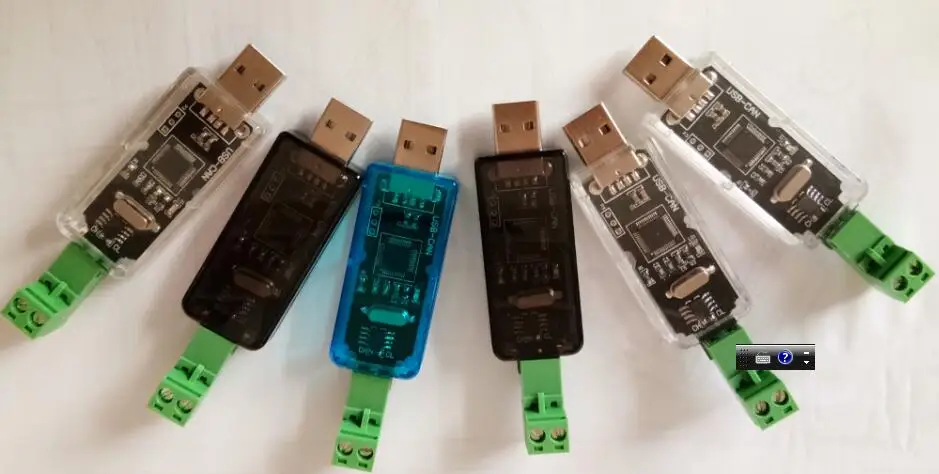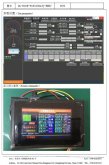I asked "smart BMS store" to program the CAN bus settings for me.
As I don't like to spend money on something that I use only one time.
(The USB to CAN bus)
They are asking $450,- to do this!
Absurd.
If we can assume that they follow the CAN bus protocol standards, and say it is programmable (settings can be changed) it's 20 minutes work, copy-paste to fill in the field with the requested value, hit "send" and finished.
It they make their own version of CAN bus communication, and their software needed to change the settings only accesses some of the fields..
Their whole "programming" is just bulls!t
I hope they where just joking.
And that the standard made so many years ago is now not new "Daly standard"
We will see.
Really qurious about their protocol settings!!
And what can or can't be set / programmed.
The pictures in the manual of programming is really limited
Even the nice translation of
@FilterGuy shows limited number of fields.
My MPPT uses about 75 different.
(CAN ID / CAN byte / CAN byte-bit)
Setting like
- battery high voltage arrive
- battery high voltage leave
- battery high temperature arrive
- battery high temperature leave
And naturally,
- SOC
- battery voltage
- battery Temperature
- battery current
Etc.
Some are reserved, still leaves 60 fields to be set / read





